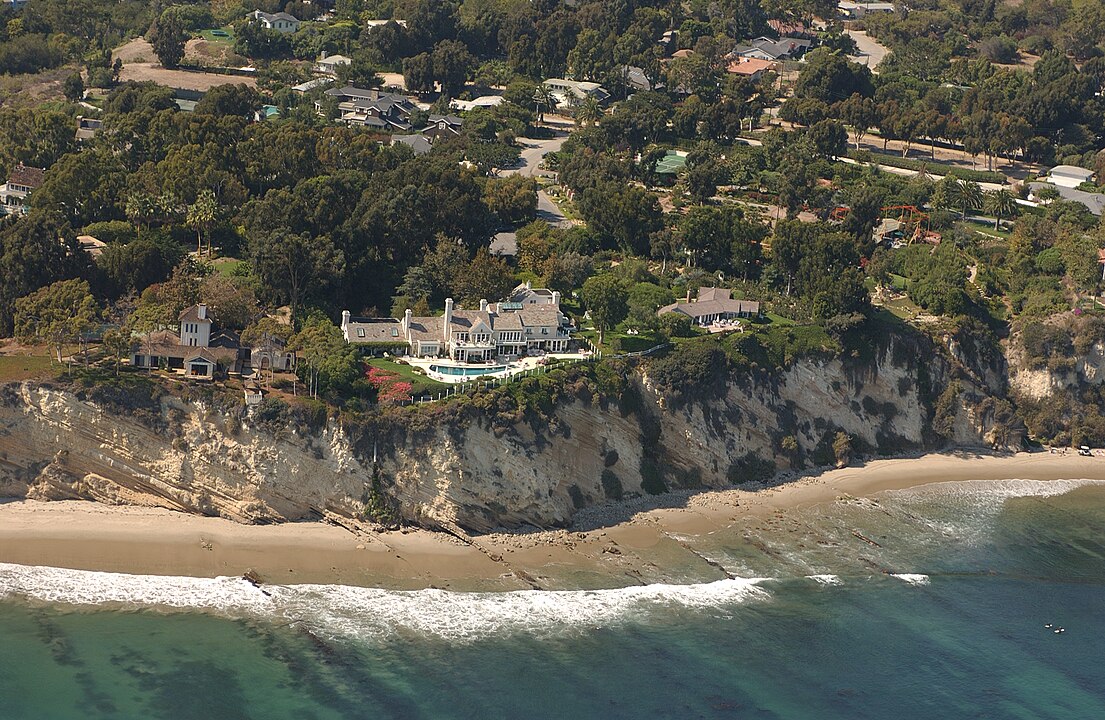Today in 2003, the filing of a lawsuit that has led to a fascinating and significant phenomenon here in the Information Age: it’s known as the Streisand Effect.
It’s probably no surprise that the Streisand in this story is the famous one: Barbra Streisand, star of stage and screen, filed a lawsuit against a photographer who had taken and distributed a photo of her California compound online.
Streisand argued in court that by posting the image, the photographer was trying to profit off of her name and her fame, and that the image violated her privacy and created a security risk.
She used an anti-paparazzi law to sue for $50 million.
But the photographer in question was not a paparazzi.
He was part of something called the California Coastal Records Project, which was collecting and cataloguing images of the coastline to track and analyze erosion.
The image of Streisand’s house was one of like 12,000 photos online.
The courts eventually ruled in favor of the photographer, and Streisand ended up paying his legal fees.
But the really notable byproduct of this case happened well outside the courtroom.
When news organizations started reporting on a $50 million lawsuit by one of the world’s most famous entertainers over an online image of her house that raised questions about privacy… well, everyone wanted to see that image.
Before the lawsuit, the image had been downloaded six times, and two of those were Streisand’s lawyers.
After the suit, there were millions of views. The photo was everywhere.
Techdirt founder Mike Masnick wrote later that situations like this, where an image or a piece of information goes viral precisely because someone doesn’t want it out there, could be known as The Streisand Effect.
It’s happened time after time after time… after time after time after time.
And while Streisand has since written that her lawsuit was actually only meant to keep her name from being connected with the image, not to erase the image itself, she has posted her own photos of her place on social media.
She even published a whole book, with lots of photos of the inside and outside of the compound.
Though I don’t know how much information the book has about coastal erosion.
Today is World Bee Day.
Back in 2014, there was an art project created in part by bees!
Artist Aganetha Dyck (a human) designed a series of sculptures that she meant for bees to accessorize with honeycomb.
The idea was to highlight the disease known as colony collapse disorder and show that what happens to bees has an effect on us too.
Hopefully none of the speakers at the opening event droned on and on.
Streisand files $50 million lawsuit over aerial photos (SFGate)
Artist Aganetha Dyck Collaborates with Bees to Create Sculptures Wrapped in Honeycomb (Colossal)
Back this show on Patreon for just $1 a month, or $50 million if you’d prefer
Photo copyright © 2002 Kenneth & Gabrielle Adelman, California Coastal Records Project, www.californiacoastline.org, CC BY-SA 3.0, via Wikicommons

